
Trekkie fever never stops. Star Trek fans are of all ages and around the world. With the release of each new film and rerun of any of the seasons on which channel, it still gains many more fans. Very soon, in July, the latest installment for the big screen “Star Trek: Into the Dark,” directed by JJ Abrams, the creator of the “Lost” series, will be released in movie theaters in our country. To warm up, at Gizmodo, they have wondered how much it would cost to build the Enterprise from that movie in the saga. It is the so-called new Enterprise or the USS Enterprise from the alternate universe. The Starfleet flagship measures no less than 725.35 meters long and about 190 meters high, with a diameter of 300 meters for the dish.
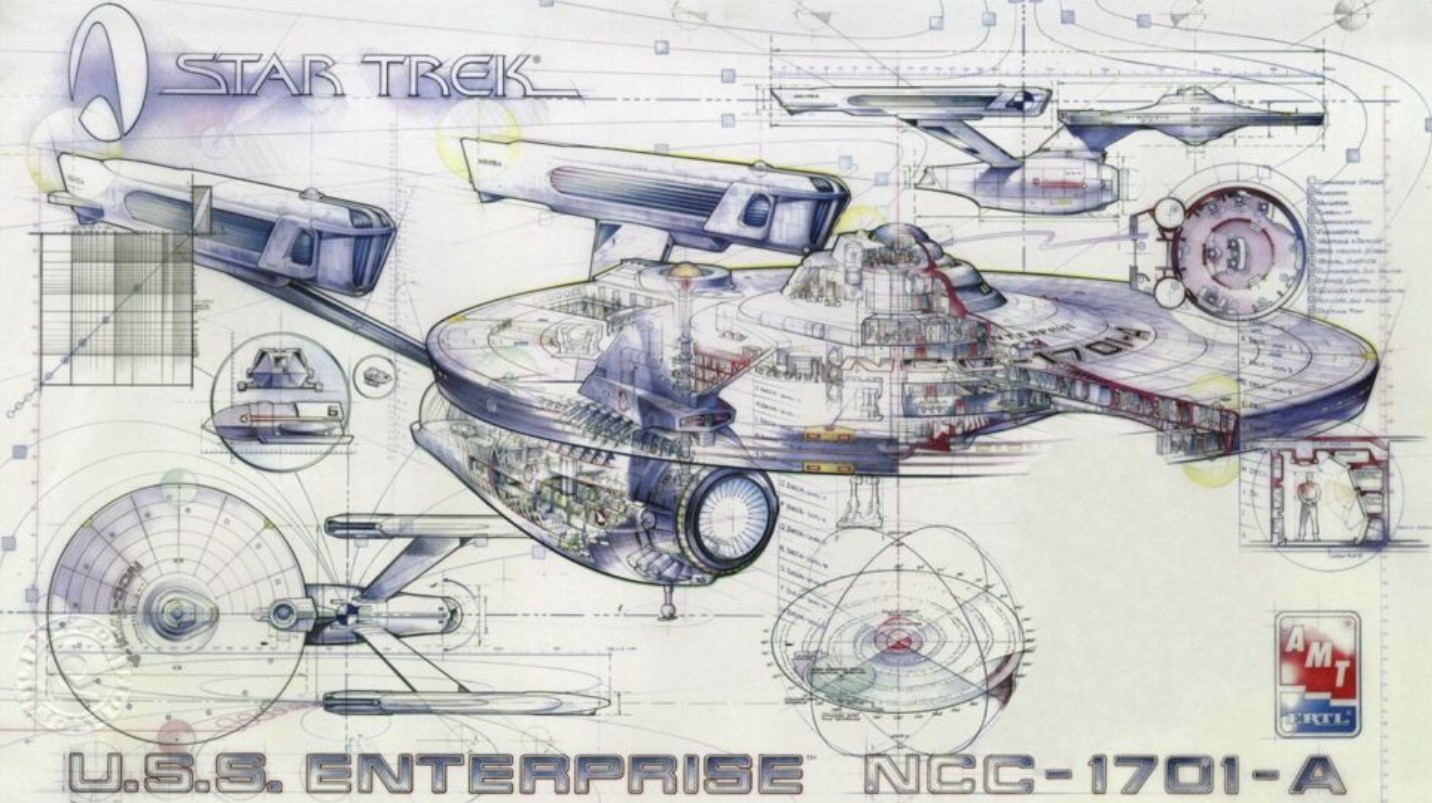
The final figure is not affordable, but let’s see how the estimates have been made. For the item of materials, the cost of the George HW Bush, the last Nimitz-class aircraft carrier in the US fleet, has been taken as a basis. Considering that the GHWB measures about 333 meters in length by about 76 meters in width, two units would be needed (each cost 6,200 million dollars ). Thus, the amount of the materials would amount to 12.400 million dollars.
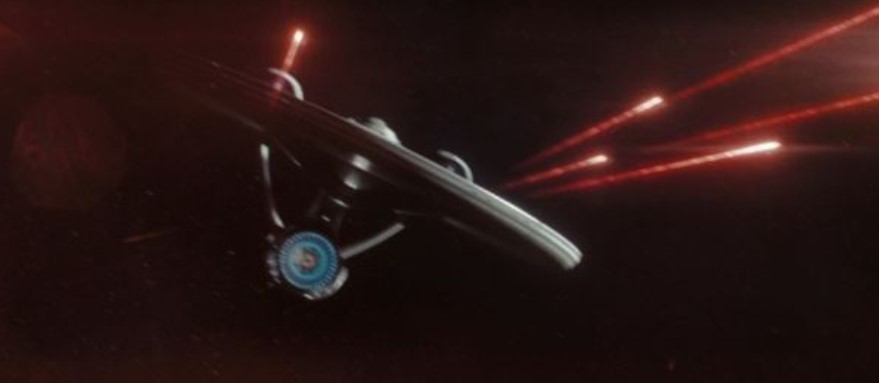
Then you need to add the mount. The 2009 movie “Star Trek” explained that the new Enterprise had been manufactured in Iowa. That means building the modules on Earth to be assembled in orbit later. Here the figures from SpaceX have been taken, where it is specified that the Falcon Heavy shuttle can transport objects into space for one thousand dollars per pound. Since the aircraft carrier George HW Bush weighs about 114,000 tons (two would be 228,000 tons or 502,653 pounds), it is estimated that getting the modules for the new Enterprise into orbit would cost (not including labor) $456 billion.
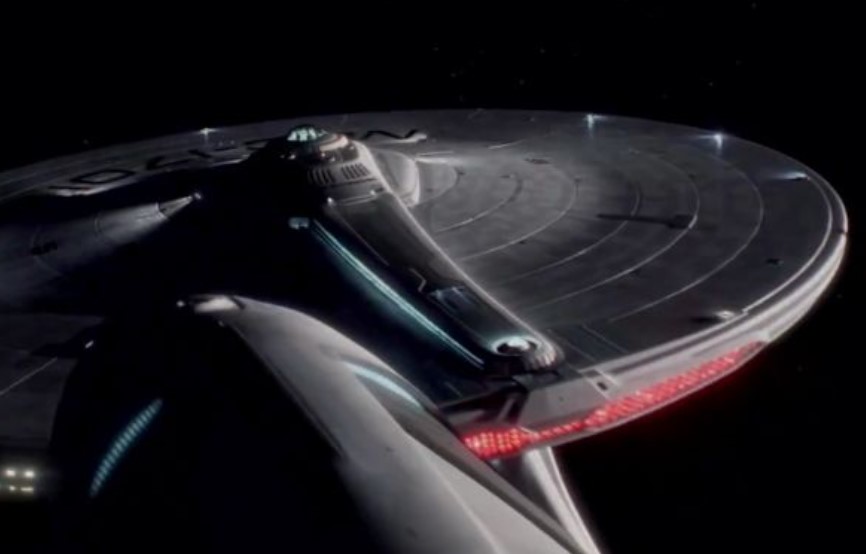
The budget already goes for 468,400 million dollars, but now the ship must be equipped from the inside. And the technical team in charge of the project will need to feed itself. Therefore, the next game is the replicators. As an analogy, the first 3D printer could be used, the MakerBot Replicator 2 (we all know that it is a simulation), with a unit price of $2,200. About fifty would be needed, but the costs of raising them into orbit and the price of printing media would also have to be added. That would mean a game of $307,160 for the replicators.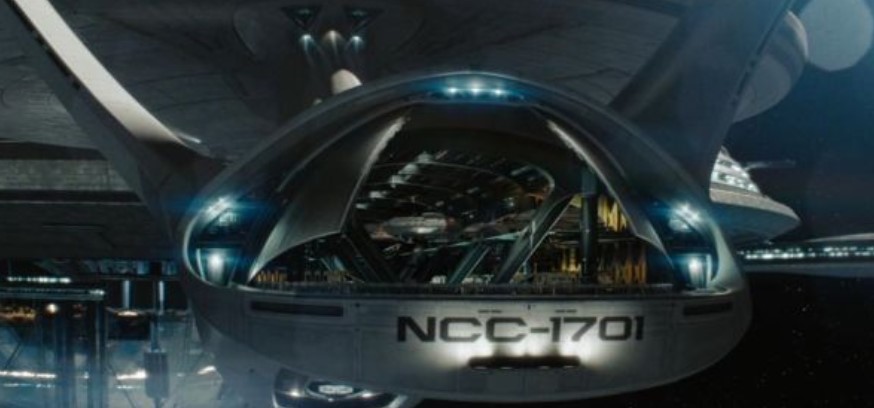 With current technology, we could compare the holodeck (holo-section) with a 3D LCD widescreen like the one in the CAVE 2 project, which covers an angle of 320 degrees. The closest thing that could be in stores is Samsung’s curved-screen OLED TVs, on display at the last CES show. It would take about 72 55 inches at a unit price of about $14,000, up to just over a million dollars. Add to this 36 computers at $3,000 a piece, plus $10,000 worth of motion capture cameras, software development, and transportation. Thus, the holodeck would require $6.5 million.
With current technology, we could compare the holodeck (holo-section) with a 3D LCD widescreen like the one in the CAVE 2 project, which covers an angle of 320 degrees. The closest thing that could be in stores is Samsung’s curved-screen OLED TVs, on display at the last CES show. It would take about 72 55 inches at a unit price of about $14,000, up to just over a million dollars. Add to this 36 computers at $3,000 a piece, plus $10,000 worth of motion capture cameras, software development, and transportation. Thus, the holodeck would require $6.5 million.
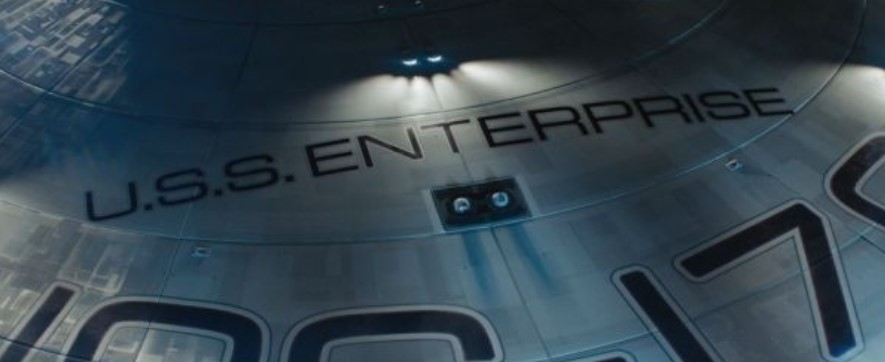
Next comes the turn of the armaments of the Enterprise. The modern UGM-133 Trident II ballistic missiles have been taken as a basis for the photon torpedoes. If the USS Voyager, a ship specifically designed for scientific missions, had 38 torpedoes, the new Enterprise could have similar equipment. Each Trident II costs $30.9 million and weighs 129,000 pounds. Including the cost of transporting them into space, all those photon torpedoes would cost $6,076.2 million.
But in addition, the crew will need their hand weapons, the phasers. The new Enterprise is equipped with six banks of phasers. The closest thing to the lasers used by the US Army is the LaWS system. In this way, the phasers (with the costs of ascent to orbit included) would suppose 171.6 million dollars.
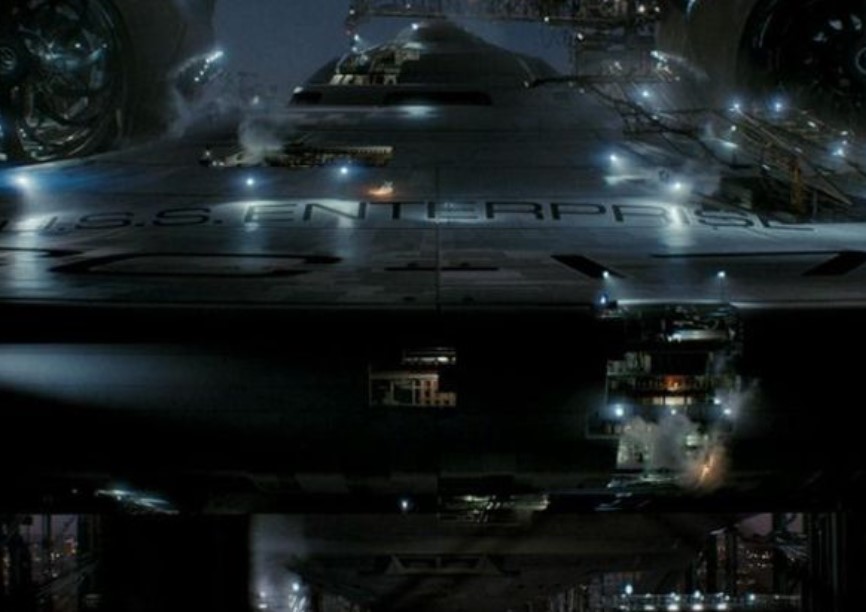
Currently, the budget is already at 474,654.6 million dollars, not counting the labor and maintenance of the human team necessary to build the Enterprise. To estimate this concept, data from NASA and Russia on the costs of training an astronaut have been used: 70.7 million dollars. Assuming the crew cadets know their jobs, that would leave costs at $777.7 million for a crew of eleven (including transportation). We must also add the expenses to house them, similar to having a soldier in Iraq for a year (between 850,000 and 1,400,000 dollars per person), plus food and beverages, similar to SpaceX contracts with NASA. And Orbital Sciences. Taking all this into account, for personnel and supply costs, 4,293.1 million dollars are needed.
With all these concepts, the final budget to build a new fully equipped Enterprise would be 478,947.7 million dollars. That is equivalent to 13 percent of the total US budget for 2013. And, of course, we don’t even talk in hyperspace speed.

I am a writer with eight years of experience writing in business and technology. I always carry a passion for learning and discovering new knowledge.

